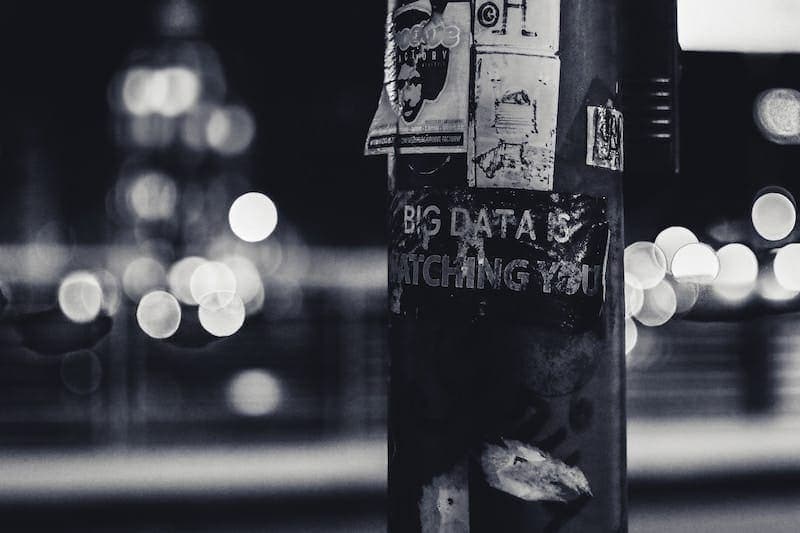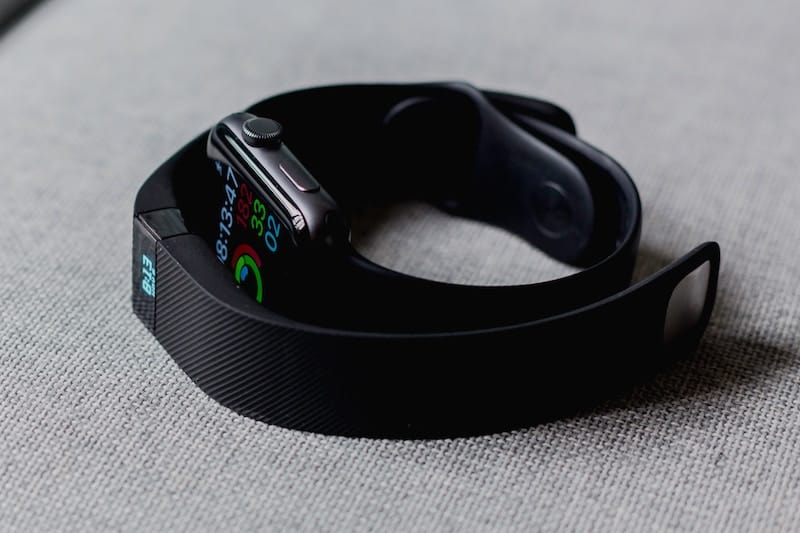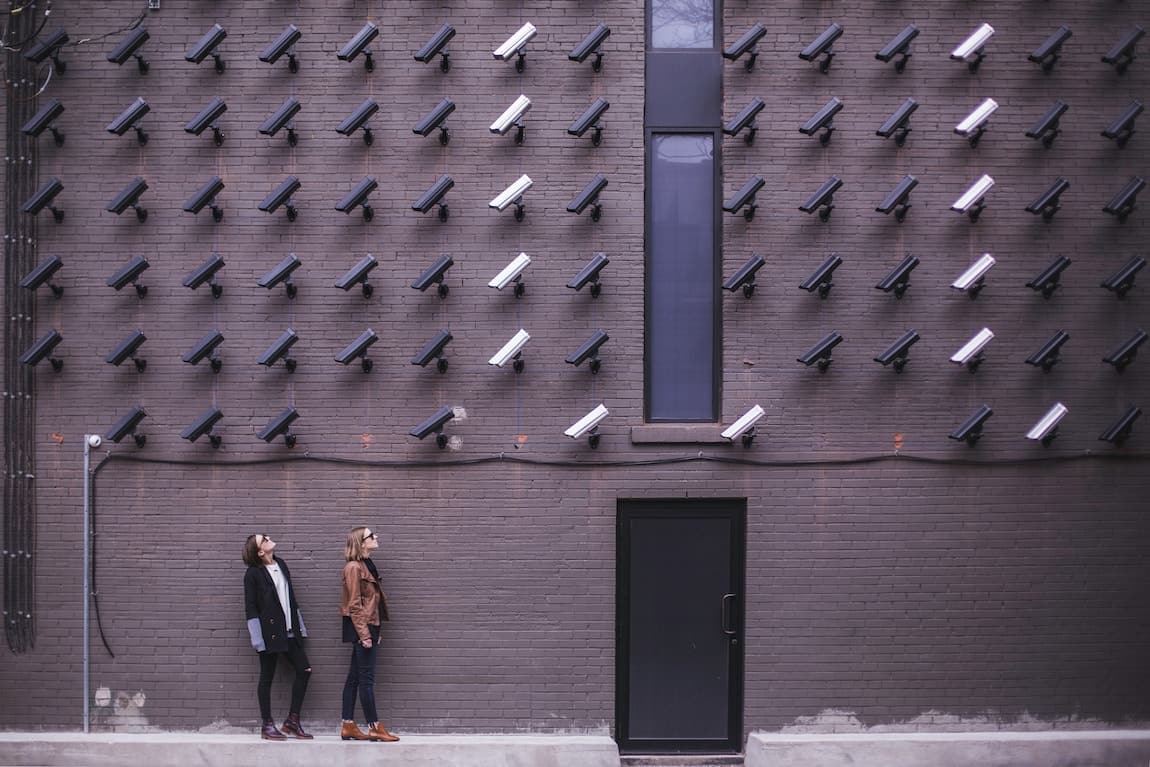The field of digital forensics has evolved at an incredible speed. This has largely been a case of necessity – as criminals have adapted their methods to take advantage of technology, and law enforcement agencies have had to play catch up. The field of digital forensics is a relatively new one, but it is beginning to take on a very different shape to the one that it started with.
While most people agree that digital forensics is essential for law enforcement to do their jobs properly in the modern world, there is also a worrying amount of complacency around the growing use of digital surveillance tools, and the ways that everyday technologies are increasingly being harnessed as surveillance tools.
Privacy Trade-Offs
With a lot of modern technology, we understand that we will have to give up some privacy in order to use it. Nowhere is this more evident than when it comes to smart home assistants.

A number of businesses, Apple included, have recently become embroiled in controversy after it was revealed that third-party contractors were listening to recordings picked up by smart home devices. These included instances where devices were accidentally triggered and picked up intimate moments and private conversations, all of which were heard by contractors.
However, with the way that smart assistants work, i.e. utilizing machine learning, human input is required to ensure that the algorithms are being trained properly. Lots of people don’t realize how these devices work on a mechanical level, which can lead to misunderstandings about the tradeoff.
Ethical Issues
This creates some serious ethical issues, most musically how you can meaningfully obtain informed consent from a public who are largely uninformed when it comes to how technology works.

Clearly, businesses need to do a better job of ensuring that consumers understand exactly what they are putting in their homes and how their data will be handled. This is especially important now that Amazon is supplying (unreliable) facial recognition software to law enforcement agencies. It might also surprise you to know that Amazon is now working with law enforcement agencies to provide access to the video feeds from their new smart door bells.
The Good Side
Tech tools are just that – tools. Machine learning and facial recognition technology can be used for mass surveillance, but they can be and are used to help locate victims of human trafficking based on photos that contain few details. Even in China, where these surveillance tools are rampant, they are also used to enable citizens to pay just by smiling at a camera.

There have even been cases where FitBit forensics has played a pivotal role in solving a crime and securing a conviction. It is clearly important that law enforcement is able to access digital devices for forensic purposes. However, a warrant in most countries will grant them access to every piece of data on a device. There is a strong argument that they should have to specify what data they are looking for on the device.
With private corporations producing surveillance and intrusion tools that are more sophisticated than nation-states, a number of worrying precedents are being set and not challenged. We should all be concerned about the implications of private unaccountable corporations taking the lead when it comes to developing surveillance tools.





